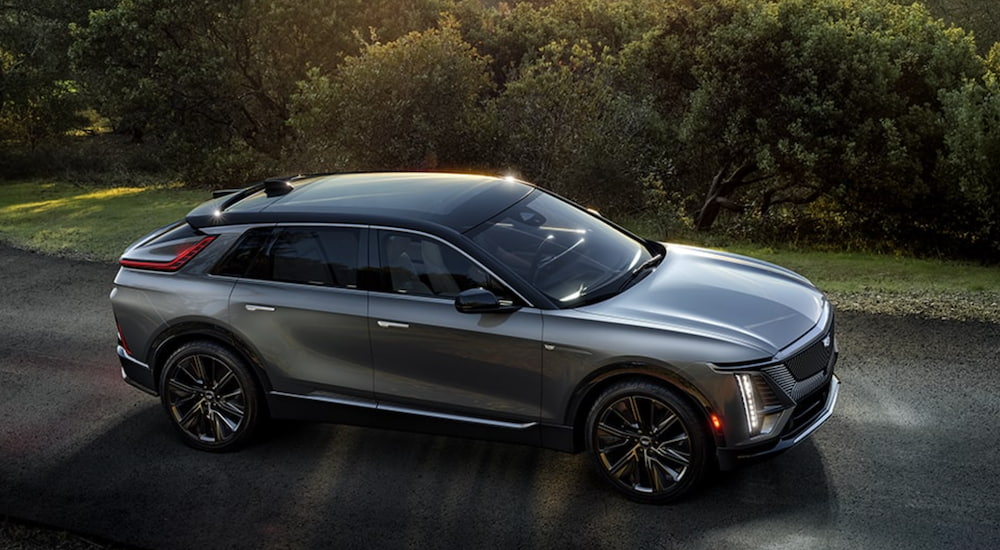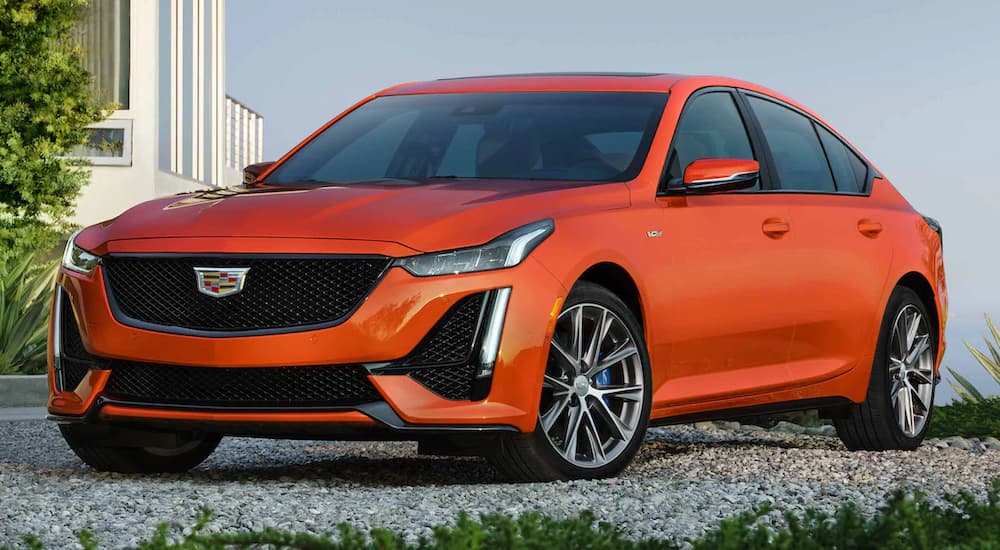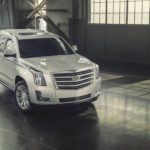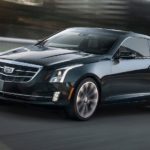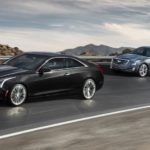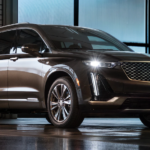Whilst chatting with a friend the other day, our conversation turned toward cars and the auto industry, specifically upcoming models and potential innovation. During this discussion, my friend asked a question that was, in the moment, rhetorical, and he quickly moved on to something else. It was only afterward, when looking back, that I had a chance to reflect a bit more and realize that this was a question worth digging into further. The question he had posed, mostly to himself, was simple: Is Cadillac’s shift toward a focus on electric vehicles (EVs) a good thing or a bad thing?
That’s not exactly how he worded it, but it gets to the point–he had set it up primarily to answer it with his own thoughts on Cadillac and whatever their future lineup will be. But I think this is a question worth some further consideration and one that I will tackle here as best as I can. You’ll have to draw your own conclusions, of course, but I’d say that this shift is a beneficial one, as long as they’re serious about it and actually put in the work to deliver on something real.
The EV Shift
According to GM’s leadership, they plan on shifting exclusively to EV models over the course of the next decade or so, and Cadillac is a big part of this. The folks at the top at Cadillac have echoed this sentiment and reinforced this idea numerous times, putting out 2035 as the target year for when their lineup will be fully-electric. Sometimes they talk about it in terms of decades, saying they want to start the 2030s with an EV lineup, but I tend to see this mostly as marketing. The real deadline for GM and Cadillac–and plenty of other manufacturers–is 2035.
Why 2035? Because if everything remains the way it is right now, that’s when states like California will require that all new vehicles sold to consumers must be EVs. Starting January 1st, 2035, any new Internal Combustion Engine (ICE) model made by any manufacturer won’t be sold in California. That’s a huge part of the auto market here in the US, one that’s been sliding increasingly toward EVs in the last decade or so.
We’ll probably see more states following suit with similar legislation over the next few years, looking at California as a trendsetter. The point is that the 2035 marker isn’t just something that GM wants to do internally; California is going to hold them to it, and other states likely will as well. The question, of course, is whether Cadillac will be able to deliver on this schedule and hit the target they’ve set for themselves.
Future Models and Potential
Right now, the outlook for an all-EV lineup from Cadillac is a bit of a mixed bag, which isn’t great for them and their effort to hit this deadline. In fairness, the chip shortage that’s now going into its second year has definitely impacted Cadillac–along with the rest of the industry–and how well they can make new, technologically-advanced vehicles. This is something that can’t be overlooked and really does make a big difference when trying to figure out how well they’ll actually be able to deliver on what they’ve said.
Cadillac has two EV models that they’re talking about, starting with the Lyriq, which is set to premiere as a 2023 model. This is the big one for Cadillac, as far as I’m concerned, because it will set the tone for what people expect. If it has a disastrous launch or decides to burst into flames like the Chevy Bolt EV (not that I have any reason to think that’ll happen), then it will make the future a lot harder for Cadillac.
The second big EV model that they’ve announced is the Celestiq, which looks absolutely gorgeous but won’t be available for a few more years–at best, it’ll likely be a 2025 model. Assuming Cadillac can hit that release date, this means that they’ll only have two EV models available with just ten years to go before 2035 rolls around. They’ve been talking about this all-electric future for a couple of years now already, without anything real to show for it, and that’s my biggest concern.
When you look at the upcoming vehicles from Cadillac, there are only two models they’ve announced: the Celestiq and the 2023 Escalade-V, which is far from electric. Right now, Cadillac sells five ICE models: the CT4, CT5, XT4, XT5, and Escalade; plus four more V-Series and Blackwing performance options. That’s essentially nine different ICE options currently available and only two EVs on the horizon…not great.
The Environmental Question
For the moment, let’s assume Cadillac can actually hit this 2035 deadline and offer only EV models 13 years from now. Is that a good thing? I’d say yes, it’s absolutely a good thing, and it’s helpful for a few different reasons. For starters, of course, we have the environmental impact of ICE vehicles over the last 100 years and the way they’ve contributed to manmade climate change through pollution and exhaust.
Eliminating ICE vehicles won’t save the world overnight, but it’s a good start–especially if we’re able to shift away from coal and pollution-heavy methods used to generate electricity for much of the world. The more clean energy that’s produced and used to power vehicles, the less pollution and waste there is, which is a win for everyone. Yes, I know there are many different factors: carbon footprint, producing EV batteries, recycling the batteries, etc…that all go into the environmental impact of switching to an EV lineup.
There’s no such thing as a perfect solution, but shifting from gas-burning engines that consume massive amounts of fossil fuels and create pollution is a good step in the right direction. Every step in that direction helps avert an extinction-level catastrophe, which I generally regard as “helpful.” It might take a hundred steps, or a thousand, to get there, but that doesn’t mean that any of them aren’t worth taking.
Competition and Innovation
Environmental factors aside, there’s also another big reason Cadillac’s shift to EV is a good thing: competition. Our capitalist overlords love to remind us that “competition is good for the economy,” usually while coming up with a new way to try to eliminate competition for their business in order to make more money. Cognitive dissonance aside, competition actually is good for us, as customers, because it pushes companies to actually make an effort to get our money.
As long as Tesla can remain the king of luxury EVs in the US, they’ll be free to get lazy–something that seems to already be happening with reports of severe reductions in the quality of their vehicles in the last year or so. If Cadillac is serious about trying to take over the EV market, then Tesla will have to innovate and actually put in some work to keep customers or win over new ones. Since we’re the potential customers in question, that’s a good thing; it’s not just Tesla either; any manufacturer that wants to make a luxury EV will have to look at what Cadillac does and go a step further.
Who does it Help?
At the end of the day, in theory at least, you can see that it should help us as people on this planet and as customers looking to buy our next vehicle. It could also help Cadillac to rebrand itself as a youthful and “hip” luxury brand rather than what grandpa drives. Cadillac sold 182,543 models here in the US in 2013, but only 118,032 vehicles last year–pandemic aside, their sales have been trending downward for years. I’d say that Cadillac has been in something of a rut, aside from their V-Series models, which has left them with a shrinking market. A shift to EV, with real efforts toward innovation and reinvention, could be just what they need to find new life and become relevant for decades to come.
